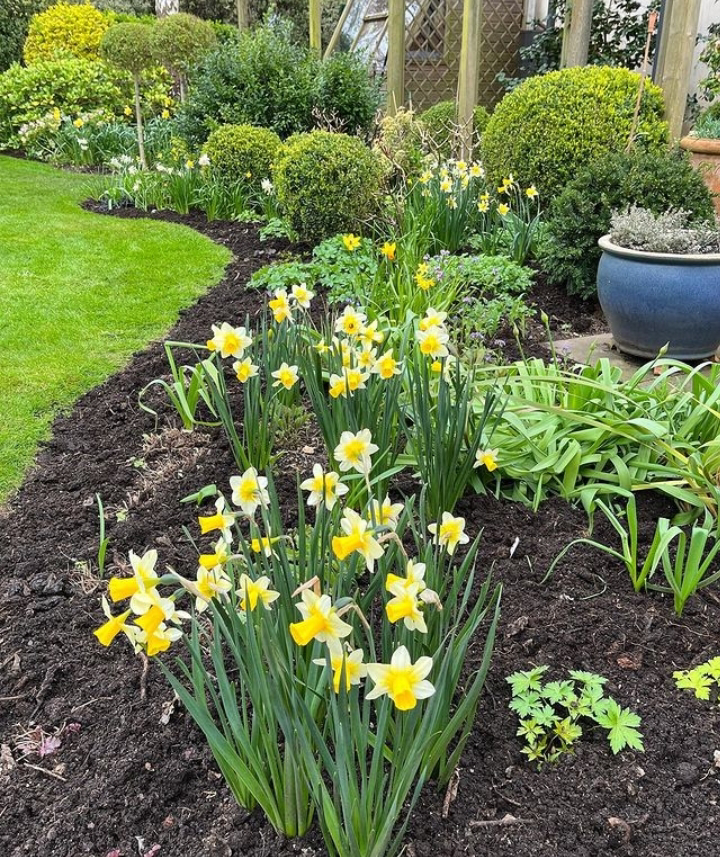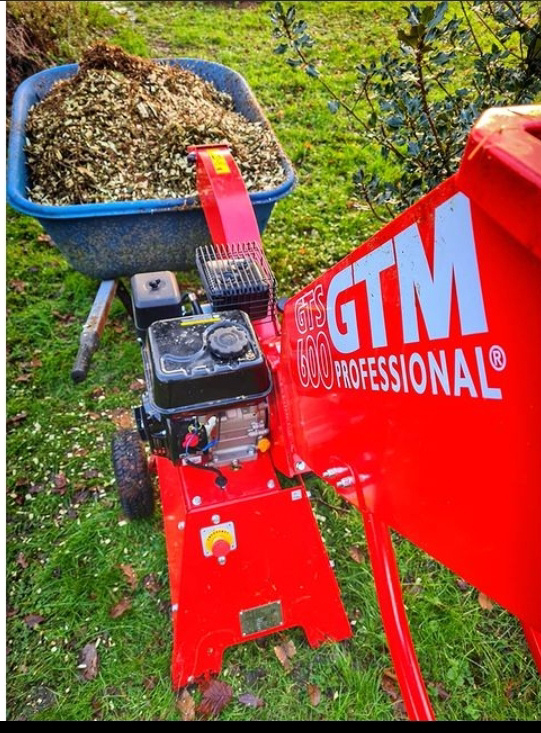What is the Mulching?
Two types of Mulching
1.organic Mulching:This type of mulch is made from natural materials such as straw, hay, leaves, grass clippings, wood chips, bark, compost, and other plant-based materials. Organic mulches break down over time, adding nutrients to the soil as they decompose.
2. Inorganic or Synthetic Mulch :Inorganic mulches are made from materials like black plastic, landscape fabric, or geotextiles. Unlike organic mulches, they do not decompose but can be reused for multiple seasons.
Mulching Process basic 3 steps
1. Site preparation: Before applying mulch, the area needs to be prepared. Weeds should be removed, and the soil should be properly leveled and moistened if necessary.
2.Mulch Application:Lay the mulch layer on the soil surface around the base of the plants. The thickness of the mulch layer depends on the type of material used, but generally, it should be around 2-4 inches (5-10 cm).
3. Mulch maintenance: Mulch needs periodic maintenance to ensure it remains effective. This may involve adding more mulch to maintain the desired thickness and replacing mulch that has decomposed (in the case of organic mulches).
Agricultural Benefits of Mulching
1.moisture conversations
2.weed Suppression
3.Temperature Regulation
4.Soil Health improvement
5.Ersoin control
1. **Moisture Conservation:** Mulching reduces water evaporation from the soil, helping to maintain soil moisture and reducing the frequency of irrigation.
2. **Weed Suppression:** Mulch forms a barrier that hinders weed germination and growth, minimizing competition with crops for nutrients and sunlight.
3. **Temperature Regulation:** Mulch helps moderate soil temperature, keeping it cooler during hot weather and providing some insulation during colder periods.
4. **Soil Health Improvement:** Organic mulches, as they decompose, add organic matter to the soil, enhancing soil structure, fertility, and microbial activity.
5. **Erosion Control:** Mulching protects the soil from erosion caused by wind and water.
Materials used materials
As mentioned earlier, materials commonly used for mulching can be categorized into organic and inorganic types. Examples include:
- Organic Mulch: Straw, hay, leaves, grass clippings, wood chips, bark, compost, sawdust, and shredded newspaper.
- Inorganic/Synthetic Mulch: Black plastic, landscape fabric, geotextiles, and rubber mulch.
Machines/Equipment and used Mulching
1. Mulching mower: Specialized lawnmowers equipped with mulching blades that finely chop grass and leaves and return them to the lawn as mulch.
2. Chipper:Used to shred organic materials like branches and woody materials into small pieces for use as mulch.
3.Mulch Spreader: This machine is designed to evenly distribute mulch over a large area, making the application process more efficient.
4. Drip irrigation system:While not a mulching machine, a drip irrigation system is often used in conjunction with mulching to provide targeted and efficient watering.
It's important to note that the choice of mulching type, materials, and equipment can vary depending on the specific crop, climate, and farming practices of a particular region. Farmers and gardeners can select the most suitable mulching approach based on their needs and available resources.






No comments:
Post a Comment